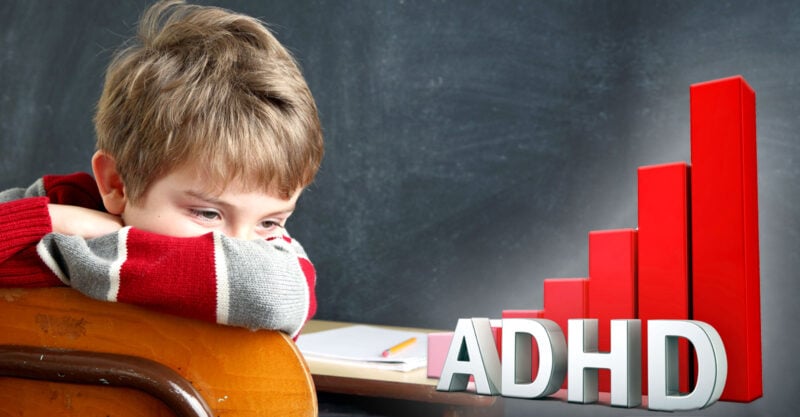A CDC study published in the Journal of Clinical Child & Adolescent Psychology reveals that 11.4% of U.S. children aged 3-17 have been diagnosed with ADHD, marking a significant increase since 2016. The research utilizes data from the 2022 National Survey of Children’s Health, highlighting distinctions in ADHD prevalence across demographics and treatment rates. Experts cited potential links between ADHD and environmental toxins, but the study did not address these connections. COVID-19-related stressors may have contributed to the rise in ADHD diagnoses. Although treatment is available, about 1.9 million children with ADHD are not receiving any form of treatment.
Editor’s Note: The 11.4% prevalence rate, an increase since 2016, cannot be separated from the widespread lockdowns and school closures that marked the COVID-19 era. The long-term effects of the pandemic lockdowns on children’s mental health and development are to be significant and lasting. This increase in ADHD diagnoses is a stark reminder that response to public health crises must balance health concerns with lasting impacts on mental health and well-being, especially of children. Ensuring that children have access to necessary treatments and support systems, like the school, is crucial in mitigating these effects and helping them navigate this post-pandemic world.
Read Original Article
Read Online
Click the button below if you wish to read the article on the website where it was originally published.
Read Offline
Click the button below if you wish to read the article offline.

Environmental toxins like aluminum used as adjuvants in children’s vaccines contributed to the increase of autism. http://vaccinepapers.org/high-aluminum-content-autistic-brains/